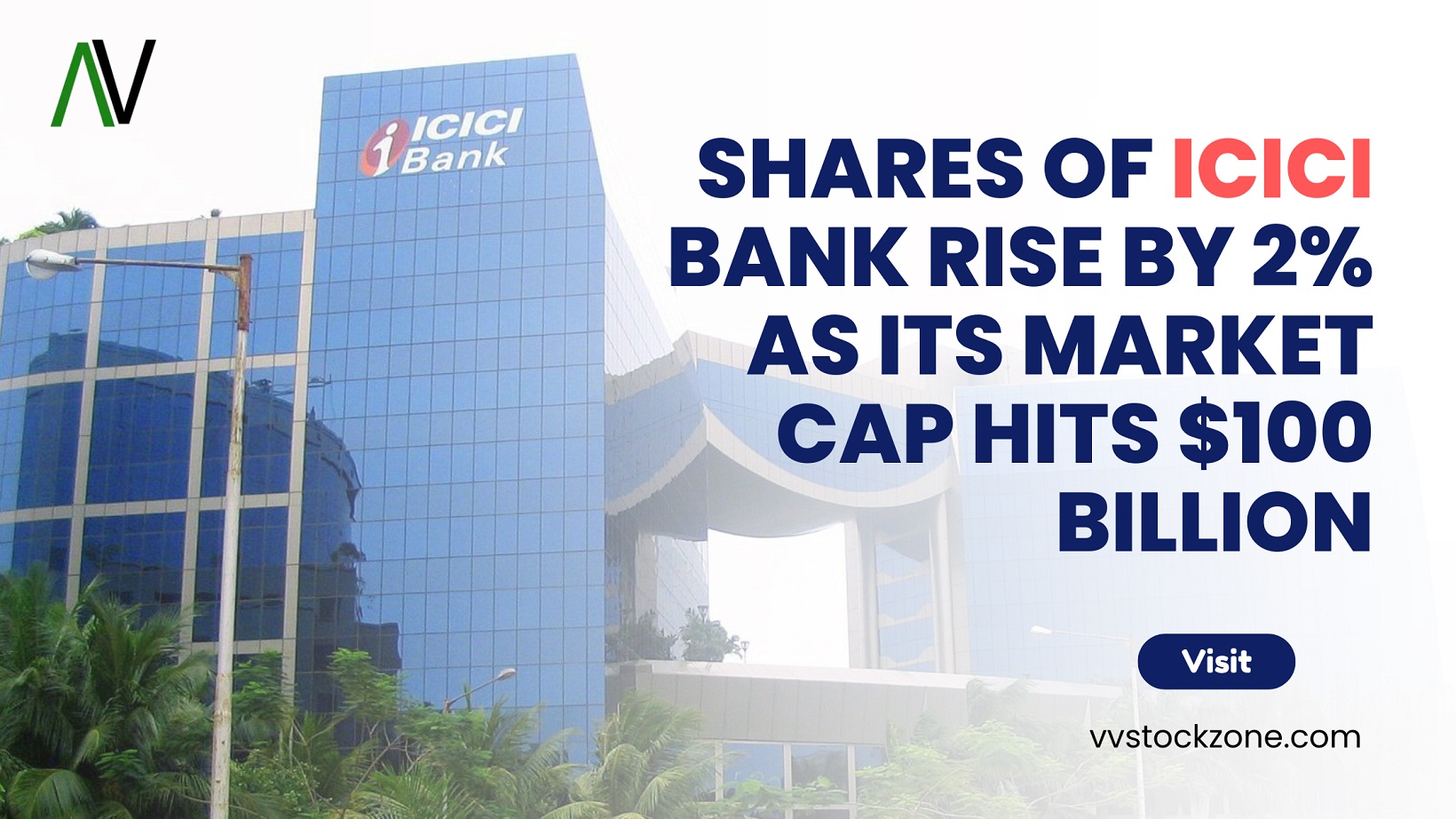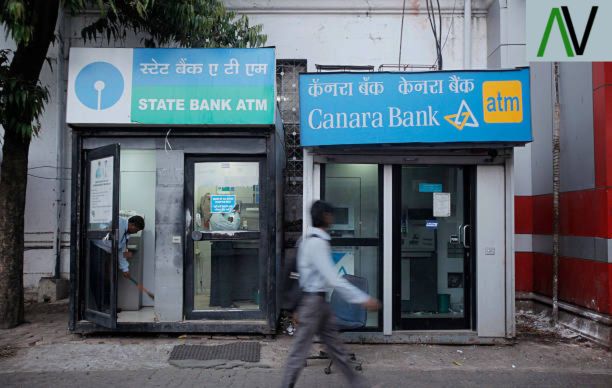Stock Exchange Market
A stock exchange market is an important part of a stock market. It facilitates transactions between financial instrument traders and targeted buyers. In India, stock exchanges follow a set of rules and regulations set by the Securities and Exchange Board of India, or SEBI. The aforementioned authoritative body protects the interests of investors and promotes the Indian stock market.
What is the Stock Exchange?
The Indian stock exchange is a market where financial instruments such as stocks, bonds, and commodities are traded.
It is a platform where buyers and sellers can meet to trade financial instruments during specific hours of any business day while adhering to SEBI’s well-defined guidelines. However, only companies that are listed on are permitted to trade on it.
Stocks that are not listed on a reputable stock exchange can still be traded in the “Over The Counter Market.” However, such shares would not be highly valued in the market.
How Stock Exchange Work in India
The Indian stock exchange functions as a centralized market for the purchase and sale of financial instruments, mostly stocks and securities. It operates under the regulatory supervision of the Securities and Exchange Board of India (SEBI), and is notably represented by the Bombay Stock Exchange (BSE) and the National Stock Exchange (NSE). These exchanges allow companies to list their shares, giving investors the chance to buy and sell these shares. For quick and clear transactions, the stock exchange uses an electronic trading system. The market is populated by institutions as well as individual investors, and supply and demand drive price changes. Assuring market integrity and regulatory compliance, SEBI supports the general expansion and efficiency of the Indian securities industry.
List of Stock Exchanges Currently in India
India has several stock exchanges where securities such as stocks, bonds, and derivatives are traded. Here is a list of the major stock exchanges currently operating in India:
-
Bombay Stock Exchange (BSE): Established in 1875, the Bombay Stock Exchange is one of the oldest stock exchanges in Asia. It is located in Mumbai, Maharashtra, and is the world’s 10th largest stock exchange by market capitalization.
-
National Stock Exchange (NSE): Founded in 1992, the National Stock Exchange is the leading stock exchange in India in terms of trading volumes and turnover. It is headquartered in Mumbai and operates electronic trading platforms.
-
Calcutta Stock Exchange (CSE): The Calcutta Stock Exchange, established in 1908, is one of the oldest stock exchanges in India. It is located in Kolkata, West Bengal, and primarily caters to companies based in eastern India.
-
India International Exchange (India INX): India INX is India’s first international stock exchange located at the International Financial Services Centre (IFSC) in Gujarat International Finance Tec-City (GIFT City). It commenced operations in 2017 and focuses on international financial products such as derivatives and commodities.
-
Madras Stock Exchange (MSE): The Madras Stock Exchange, founded in 1937, is located in Chennai, Tamil Nadu. It facilitates trading in equities, debt instruments, and derivatives, although its operations have declined significantly in recent years.
-
Multi Commodity Exchange of India (MCX): MCX is a commodity futures exchange based in Mumbai, Maharashtra. It was established in 2003 and is the largest commodity derivatives exchange in India, offering trading in metals, energy, agricultural commodities, and more.
-
National Commodity & Derivatives Exchange Limited (NCDEX): NCDEX is another major commodity futures exchange headquartered in Mumbai. It was established in 2003 and focuses on agricultural commodities such as wheat, sugar, cotton, and soybeans.
-
BSE SME Exchange: The BSE SME Exchange is a platform of the Bombay Stock Exchange that caters specifically to small and medium-sized enterprises (SMEs). It provides a venue for SMEs to raise capital through the issuance of equity shares and offers investors opportunities to invest in growing businesses.
-
National SME Exchange (NSE Emerge): NSE Emerge is the SME platform of the National Stock Exchange. It facilitates trading in equity shares of small and medium-sized enterprises and helps SMEs access capital markets for growth and expansion.
-
Inter-connected Stock Exchange of India Limited (ISE): The Inter-connected Stock Exchange of India Limited is a national-level stock exchange providing trading, clearing, and settlement services. It operates in multiple locations across India and aims to promote regional equity trading.
Benefits of Listing with Stock Exchange
- 1. Capital Infusion
Companies can raise capital by issuing new shares to the public through the initial public offering (IPO) process. This infusion of funds can be used for business expansion, research and development, debt reduction, or other strategic initiatives.
- 2. Enhanced Visibility and Prestige
A listing on it increases a company’s visibility and prestige. It signals to the market and potential investors that the company has achieved a certain level of maturity and governance standards, boosting its reputation.
- 3. Liquidity for Shareholders
Shareholders, including founders, early investors, and employees, gain liquidity as their shares become tradable on the stock exchange. This liquidity allows them to sell their holdings and realise the value of their investments.
- 4. Market Valuation
Being publicly traded provides the company with a transparent and dynamic valuation that is determined by market forces. This market valuation can be used for various purposes, such as mergers and acquisitions, partnerships, and employee stock option programs.
- 5. Employee Benefits
Listing allows companies to implement employee stock option plans (ESOPs), which can be a valuable tool for attracting and retaining talent by offering employees an opportunity to share in the company’s success.
- 6. Access to a Diverse Investor Base
Companies can attract a diverse range of institutional and retail investors, expanding their shareholder base. This can contribute to a stable and diversified ownership structure.
- 7. Regulatory Compliance and Governance Standards
Listing requires adherence to stringent regulatory and governance standards imposed by the stock exchange and regulatory authorities. This can enhance transparency, accountability, and overall corporate governance practices within the company.
- 8. Mergers and Acquisitions (M&A)
A publicly listed status can make it easier for a company to engage in mergers and acquisitions by using its shares as a currency for potential deals.
- 9. Enhanced Access to Debt Capital
A publicly listed company may find it easier to access debt capital from financial institutions, as the listing is often perceived as a positive signal of the company’s financial health and stability.
- 10. Increased Market Awareness
Listing on a can lead to increased market awareness and analyst coverage, providing the company with exposure to a wider audience of investors and potential business partners.
Investment Methods
- Primary Method: This market issues securities and provides a venue for companies to offer new bonds and stock options for purchase by the general public. This is the initial public offering of shares by companies.
- Secondary Method: The secondary market, commonly referred to as the stock market, serves as an investor trading platform. Here, investors trade securities with the assistance of brokers without dealing with the original issuers of the securities. There are two additional segments of this market: the dealer market and the auction market.
Frequently Asked Questions
1. What are the regulatory bodies overseeing stock exchanges and IPOs in India?
Stock exchanges and IPOs in India are regulated by the Securities and Exchange Board of India (SEBI). SEBI ensures compliance with regulations, protects the interests of investors, and promotes the development and efficiency of the Indian securities market. Additionally, the Reserve Bank of India (RBI) and Ministry of Finance also play significant roles in regulating and overseeing the financial sector and capital markets in India.
2. What is the difference between primary and secondary methods of investment in the stock market?
The primary method involves the issuance of new securities by companies to the general public through IPOs. It is the initial offering of shares by companies. The secondary method, on the other hand, is the investor trading platform where securities are bought and sold among investors without involving the original issuers. This includes both the dealer market and the auction market segments of the stock market.





